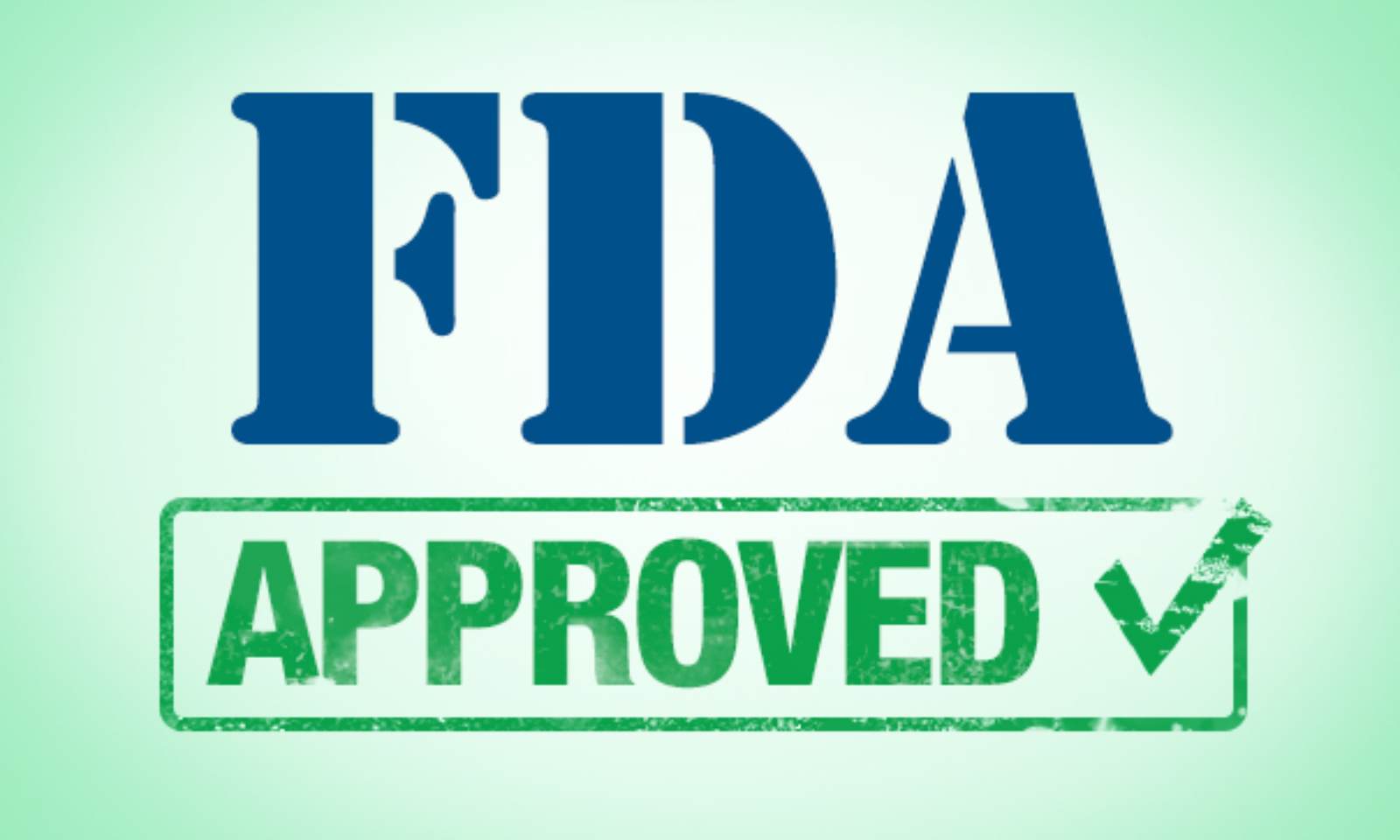Molybdenum Cofactor deficiency is a rare genetic disorder that usually occurs a couple of days after birth. Molybdenum Cofactor deficiency is seen especially at birth in neonates. It is a rare condition characterized by brain dysfunction. It is a severe autosomal recessive brain disorder seen in newborn babies. It is a neonatal metabolic disease. In neonates, it resembles hypoxic-ischaemic encephalopathy.
The real science involved behind the Molybdenum Cofactor deficiency
Molybdenum Cofactor deficiency causes seizures, brain damage, and brain death. Neuronal development is very important in the child for better brain development. About 80 % of brain development takes place in the womb of the mother. In the case of any genetic disorder, there are higher chances of defects in the brain development of the child. The left side of the brain deals with the creativity and social development of the child whereas the right side of the brain development deals with the intelligent quotient of the child and memory power. The deficiency in the Molybdenum Cofactor will lead to a defect in the brain development which can further damage the brain.
The pathogenesis of Molybdenum Cofactor deficiency
Molybdenum Cofactor deficiency causes severe encephalopathy at birth which is especially seen in neonates at an early stage. The exact pathogenesis is unknown however it is considered that some kind of shrinkage of the brain also known as atrophic changes are seen in the brain of the neonate. This shrinkage of the brain is caused by severe encephalopathy where there is a reduction of the blood flow and oxygen flow to the brain. This leads to damage to the brain cells or the neurons. Brain damage can cause neurological symptoms in the child.
The symptoms of Molybdenum Cofactor deficiency
The major defect in Molybdenum Cofactor deficiency is seen in the brain development of neonates. The signs and symptoms are as follows:
Loss of neurons, cell Brain damage Seizures or epilepsy Neurological damage Defect in brain development Delayed development Delayed growth in child Prone to infections Brain encephalopathy Increase in brain toxicity Lack of oxygen and blood flow to the brain Lack of nutrition to brain Muscle weakness Difficulty in feeding the baby Altered facial morphology Severe developmental disabilityWhile a baby may appear perfectly normal at birth, these symptoms like muscle weakness and seizures with difficulty in feeding may begin within a week in the child. Molybdenum Cofactor deficiency affects up to 150 patients globally. Many children may die from this infection.
FDA approves first treatment for Molybdenum Cofactor deficiency: Nulibry
Patients with Molybdenum Cofactor deficiency cannot produce a substance known as cyclic pyranopterin monophosphate (cPMP). Cyclic pyranopterin monophosphate (cPMP), this enzyme is very essential for catalyzing the biosynthesis of the Molybdenum CoFactor which is very essential for the development of the child. Molybdenum Cofactor deficiency can be diagnosed in the prenatal check-up by the pediatrician. FDA has come up with Nulibry: an intravenous injection that replaces the cyclic pyranopterin monophosphate (cPMP). Nulibry is effective in treating Molybdenum Cofactor deficiency. A survival rate of 84 % is observed as compared to 55 % in untreated patients.

 Nulibry is an effective treatment for Molybdenum Cofactor deficiency which is worth mentioning as approved by FDA. Let’s look into the pathogenesis, symptoms, and complications of Molybdenum Cofactor deficiency with Nulibry
Nulibry is an effective treatment for Molybdenum Cofactor deficiency which is worth mentioning as approved by FDA. Let’s look into the pathogenesis, symptoms, and complications of Molybdenum Cofactor deficiency with Nulibry











.jpeg)

.jpeg)










.jpg)




.jpg)

